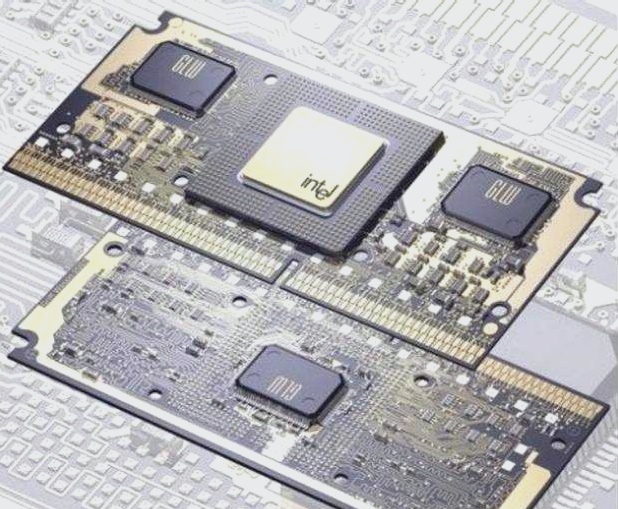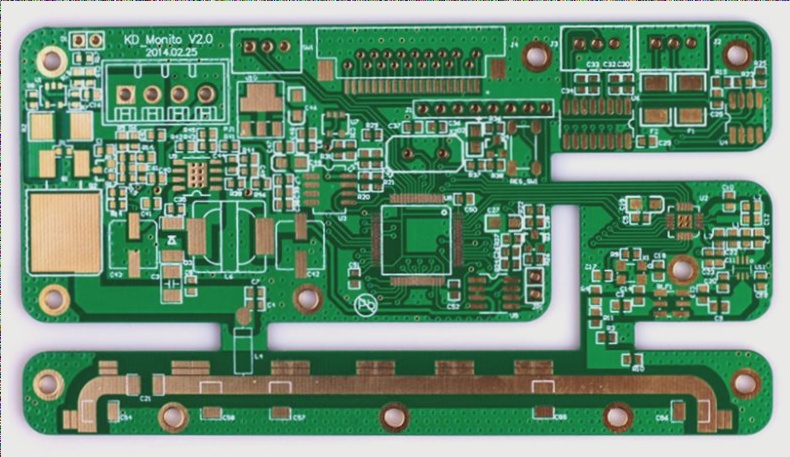Methods for Inspecting Soldering on PCB Boards
1. PCB Triangulation Method
The PCB triangulation method involves using a device to detect the cross-sectional shape of solder leads. This method is most effective when the solder surface is light-diffusive, but not suitable for mirror-like surfaces.
2. Light Reflection Distribution Measurement Method
The light reflection distribution measurement method utilizes an oblique light source and a TV camera to detect the angle of the solder surface. This cost-effective method can determine surface inclination but has limitations in detecting steep surfaces.
3. Inspection Using Multiple Cameras
Using multiple cameras with varying angles and illumination, this method improves reliability by capturing multiple images for inspection, similar to visual inspection.
4. Focus Detection and Utilization Method
The focus detection method directly detects the height of the solder surface with high precision. By using multiple focal plane detectors, this method can successfully check the installation of fine pitch leads.
These methods are essential for external inspections of PCB boards to ensure the quality of soldering. For more information on PCB fabrication, visit Well Circuits.



